I was one of the first privileged people in the world to have the opportunity to test the new OLYMPUS OM-D E-M1 Mark II in one of the most extreme and demanding disciplines for your camera equipment: underwater photography. For this task, I counted on two E-M1 Mark II bodies, a specific underwater case that Olympus has made for this camera, the PT -EP14, with its corresponding front for the
M.ZUIKO DIGITAL 12-40mm 1:2.8 PRO and 8mm 1:1.8 PRO, 2 Olympus UFL-3 underwater flashes and 6,000 lumen U-SEAS continuous light bulbs. For the terrestrial photographs I have also used the M.ZUIKO 40-150mm 1:2.8 PRO with a teleconverter. The test has been carried out in Jardines de la Reina (Cuba) and here are my results:
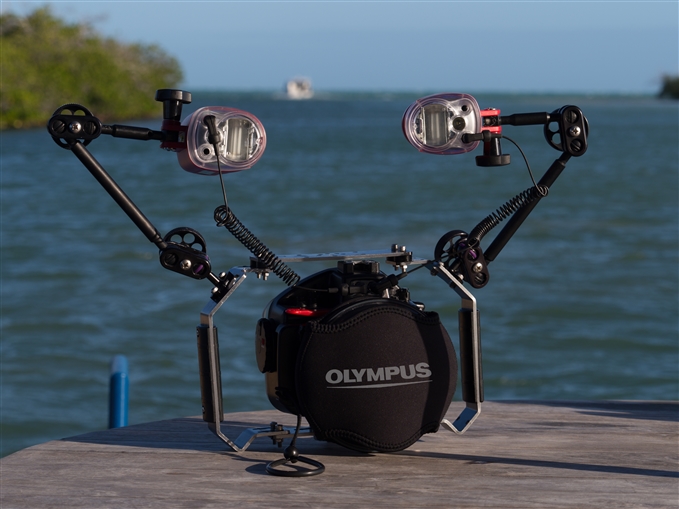
Juan José Saéz • OM-D E-M1 Mark II • M.ZUIKO DIGITAL ED 40-150mm 1:4.0-5.6 R
The first thing I would like to point out about this equipment is its lightness and size. I have been doing aquatic, submarine, artistic and advertising photography for many years and I have worked with all kinds of equipment: analogue, digital, compact, SLR, with full frame sensor, APS-C, etc. And since I had the first mirrorless camera in my hands, a PEN E-PL1 and later the first OM-D E-M5, my vision of work and especially of travel photography changed and I no longer use another camera type or brand either inside or outside the water.
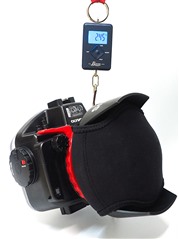
This camera has nothing to envy to the many very powerful DSLR, quite the opposite. There will always be someone who rejects it for one reason or another but I have enough experience and knowledge to invite you to check what it can do. One possibility to independently test the camera is the Olympus program TEST & WOW. With the results, everyone will be able to compare. This is the only way to find out for yourself. I have read many and very diverse opinions that – in my opinion – do not always fit the reality (although of course not everyone has to find the camera to their liking).
Used as I was to carry with me a DSLR photography kit with its waterproof case, front, flashes with articulated arms to be able to attach them to the case and other accessories, it was a real mental effort for me to prepare each trip. Now, I only travel with a case that weighs 2,5kg, added to the 1kg of the camera with the heaviest lens that I have used; 12-40mm, battery and 2 cards, 450g of each of the flashes, chargers, batteries, arms and various accessories. This makes a total weight that does not even reach 7.5kg. Adding the 2 bulbs, it does not exceed 9.5kg ... that’s half of what I carried before!
In the water, the equipment buoyancy is slightly negative, mainly due to the glass dome. Personally, I prefer the buoyancy to be negative because this means more ballast for me to counteract . The new
PT-EP14 is made of black polycarbonate on the front and transparent at the rear. Being the first Olympus underwater case that can be submerged up to -60 meters it allows access to all controls and pads of the camera. You can choose to work with the LCD screen or with the electronic viewfinder of the camera by turning the function on from the menu. It comes with a top hot shoe to attach lighting and optical output systems to two external flashes. The closure is rotating, with a safety mechanism, to prevent accidental openings.
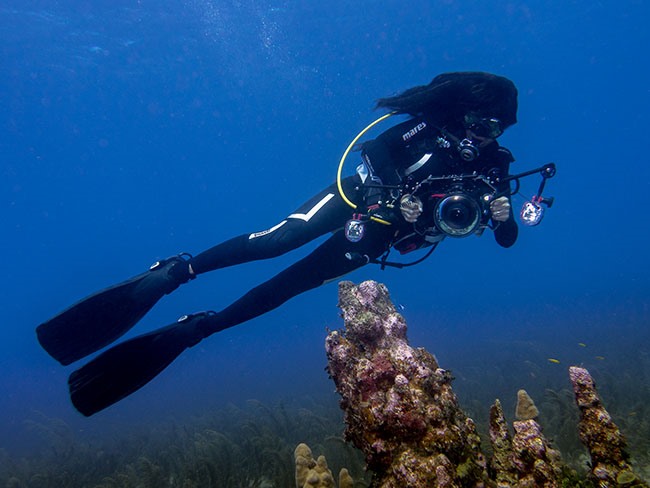
Juan José Saéz • OM-D E-M1 Mark II • M.ZUIKO DIGITAL ED 8mm 1:1.8 Fisheye PRO
• PT-EP14 • PPO-EP02 • 2 x UFL-3
The camera fits like a glove inside the case and it is a technological wonder in terms of focus speed and definition, due to its 121 cross-type areas of focus, 20.6 megapixels in photo and its video 4K recording.
There is the possibility of putting the camera in underwater mode, very useful for people who want to do everything more automatically. With the motorized lenses M.ZUIKO DIGITAL
ED 12-50mm 1:3.5-6.3 EZ and M.ZUIKO DIGITAL ED 14 42mm 1:3.5 5.6 EZ PANCAKE, it takes the focal to the ends, wide-angle or macro mode, simply by pressing the assigned function button. This function determines: P shooting mode, exposure compensation, underwater specific white balance, ISO value, a vivid colour mode, measurement type and a series of parameters that make easier to take underwater images.
For the test, I configured the three customizable modes; C1, C2 and C3 that allow to assign to each of them all the necessary parameters: shooting mode, ISO, WB, focus, metering, exposure and flash compensation, colour mode, etc., depending on the type of photograph that you are going to take. It is all very handy as it is accessed simply by turning the mode dial.
The creative modes included in all the Olympus cameras make our possibilities limitless, also, when shooting in RAW, the chosen creative filter will only apply the JPG having a perfect RAW for its later editing.
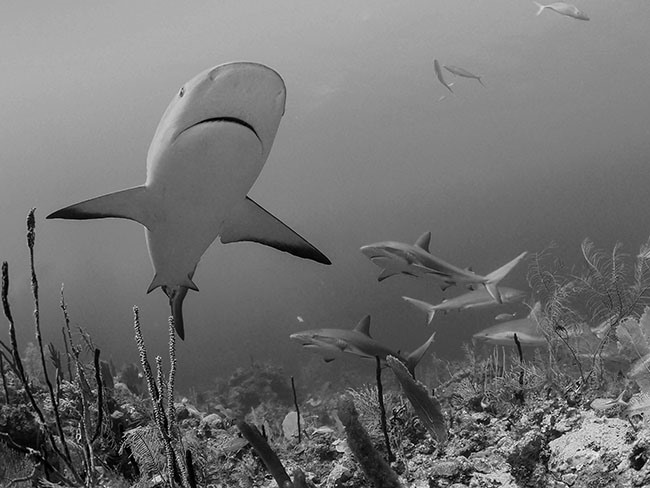
Juan José Saéz • OM-D E-M1 Mark II • M.ZUIKO DIGITAL ED 8mm 1:1.8 Fisheye PRO
• PT-EP14 • PPO-EP02 • 2 x UFL-3
The M.ZUIKO DIGITAL ED 12-40mm 1:2.8 PRO (24-80mm equivalent in 35 mm) is a versatile lens that allows for taking pictures in almost all possible scenarios that can be found underwater. It has a constant aperture of 2.8 in the whole focal range and its optical quality is exceptional. For me, it is one of the most versatile Olympus lenses and underwater this is very important.
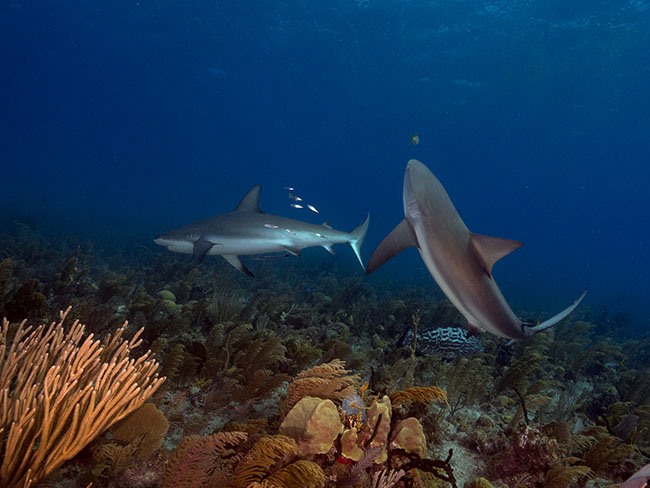
Juan José Saéz • OM-D E-M1 Mark II • M.ZUIKO DIGITAL ED 12-40mm 1:2.8 PRO
• PT-EP14 • PPO-EP02 • 2 x UFL-3
M.ZUIKO DIGITAL ED 8mm 1:1.8 Fisheye PRO (16mm equivalent in 35mm) is the best fisheye I have worked with so far. It has a brightness of 1.8 and a working distance from 2.5 cm what has allowed me to shoot extreme close-ups. Due to its construction it has a great depth of field not generating aberrations in the corners even working with the more open diaphragms and a great focus range that, together with the 121 cross-type areas of the camera, makes that we could have the entire photograph "in focus".
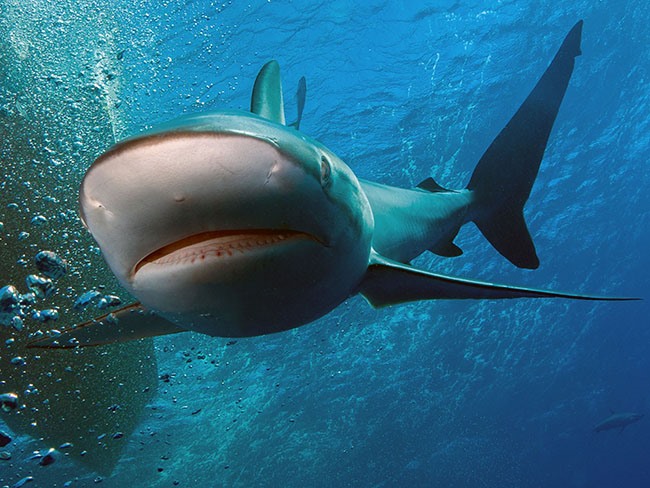
Juan José Saéz • OM-D E-M1 Mark II • M.ZUIKO DIGITAL ED 8mm 1:1.8 Fisheye PRO
• PT-EP14 • PPO-EP02 • 2 x UFL-3
The 5-axis stabilizer, with any of the two underwater lenses, has been very effective. Until Olympus designed and implemented this type of stabilization in their cameras, the stabilizers were ineffective and the explanation for that is simple: they are designed to stabilize the trepidations in the horizontal and/or vertical plane, planes that we rarely find underwater. The 5-axis stabilizer, however, is effective with every plane of the camera, because its stabilizing method resembles the sensor floating on electro magnets and it is capable of compensating up to 5.5 EV steps allowing to shoot at much lower speeds. In underwater videos, the stabilization is incredible, it is where it is most noticeable, because underwater we cannot normally lean on something for the shots and we are subject to the movements of the water.
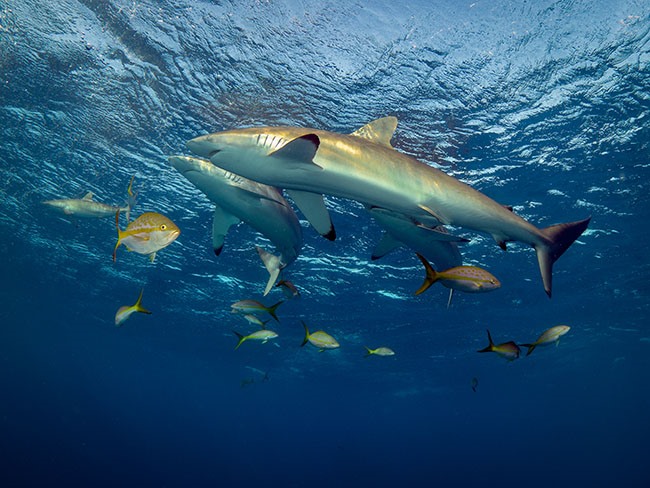
Juan José Saéz • OM-D E-M1 Mark II • M.ZUIKO DIGITAL ED 8mm 1:1.8 Fisheye PRO
• PT-EP14 • PPO-EP02 • 2 x UFL-3
The UFL-3s have behaved perfectly; Lightweight, compact, with a guide number 22 and a colour temperature of 5400 K. Even with the 8mm, the lens of wider coverage angle, I have had enough light. They use AA rechargeable batteries and allow about 330 shots at full power. I usually work in manual and it is difficult to shoot with the 'full' flashes, so the batteries lasted two dives of more than 60 minutes with no problem.
Finally, to the question of: how long does the battery last? I always answer that it depends on the use of the screen, the internal flash power, the viewing time of the photo, the quality and speed of the card you carry, etc. In this test, the battery, which has increased in capacity, has lasted 3 dives with no problem. Besides, the camera numerically shows the percentage of load you have left, which greatly facilitates to foresee when to change it. With respect to the memory cards, the camera has two SD slots and you very unlikelyneed any more.
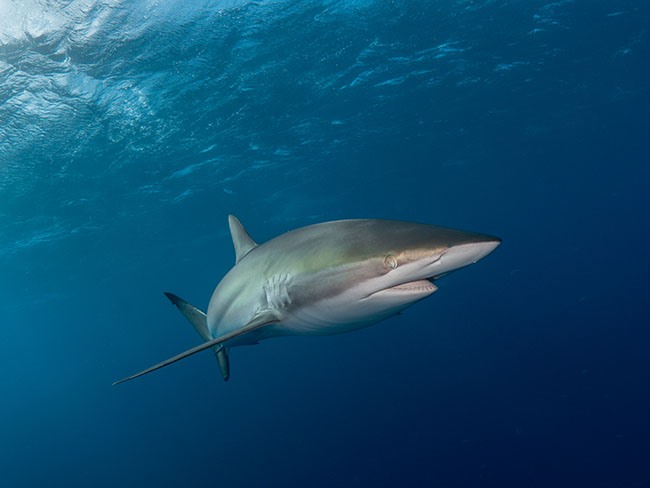
Juan José Saéz • OM-D E-M1 Mark II • M.ZUIKO DIGITAL ED 8mm 1:1.8 Fisheye PRO
• PT-EP14 • PPO-EP02 • 2 x UFL-3
In ground photography, the M. ZUIKO 40-150 2.8 PRO with a teleconverter is a real luxury lens. On the last day of the trip, in Havana, any photo was possible, from a close-up portrait to the most distant photo. With the teleconverter, it becomes a 210mm (35mm equivalent) telephoto lens with little loss of luminosity. The blurring effects that can be made with it are simply amazing.
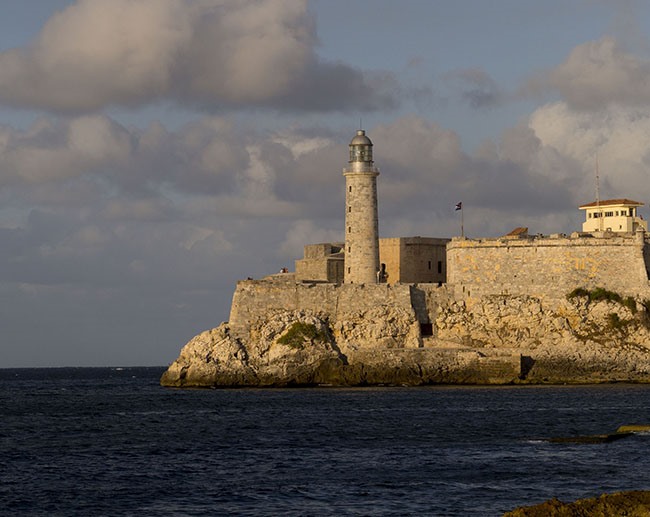
Juan José Saéz • OM-D E-M1 Mark II • M.ZUIKO DIGITAL ED 40-150mm 1:4.0-5.6 R
In short, the team has passed the test with a high rating, we are talking about a professional equipment that will give us many good moments and above all the quality and comfort to those who work with them, regardless of the photographic discipline.
Comments
Show more comments (0)